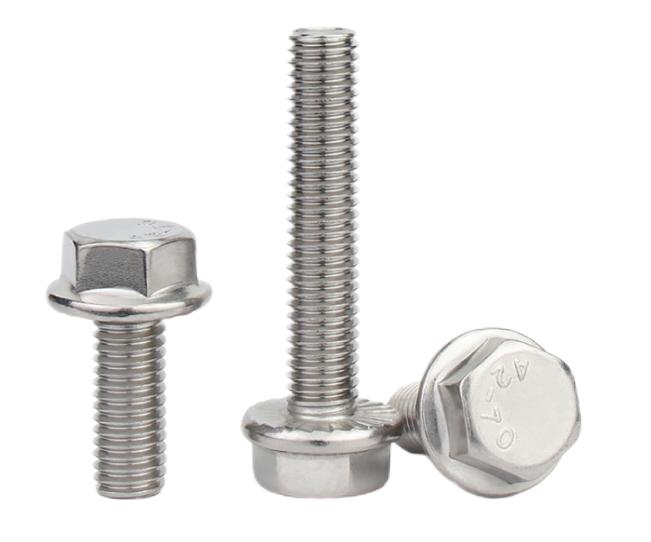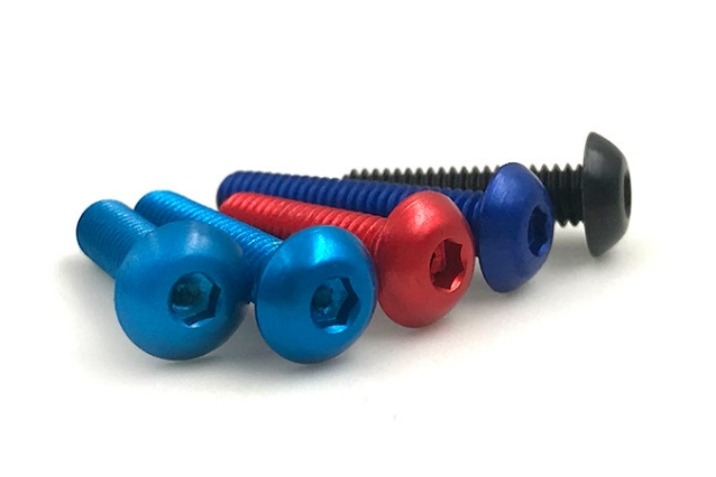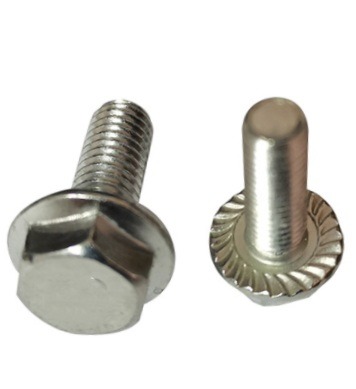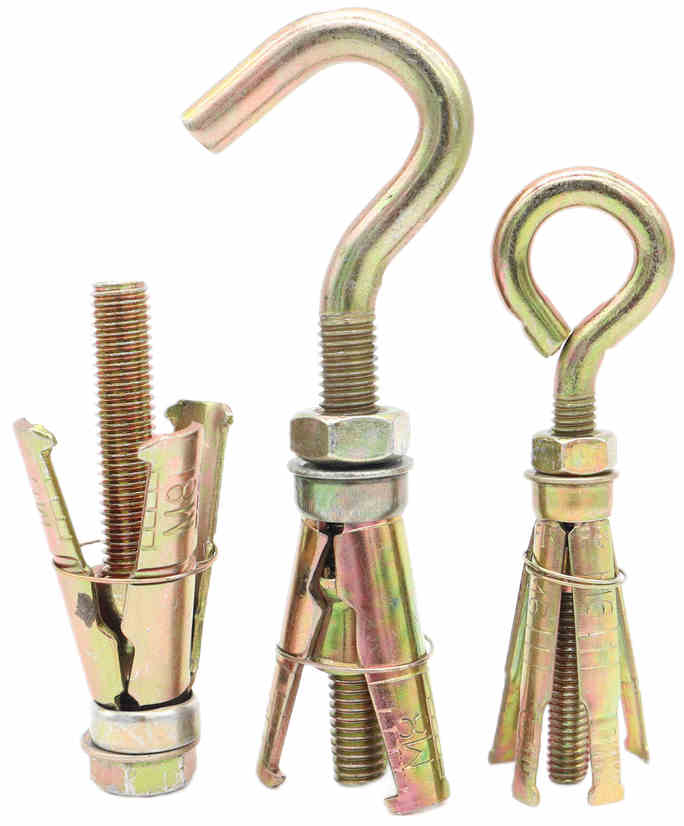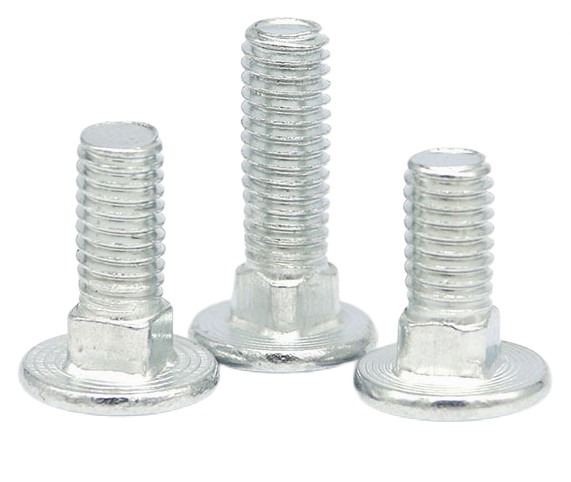3 Main Factors Cause Bolt Failure
There are many forms of bolt failure and most of them are related to installation and construction. However, at present, the common failure analysis is to send the failed bolts to a third party inspection agency. This article tells the common forms of bolt failure, causes analysis and precautions.
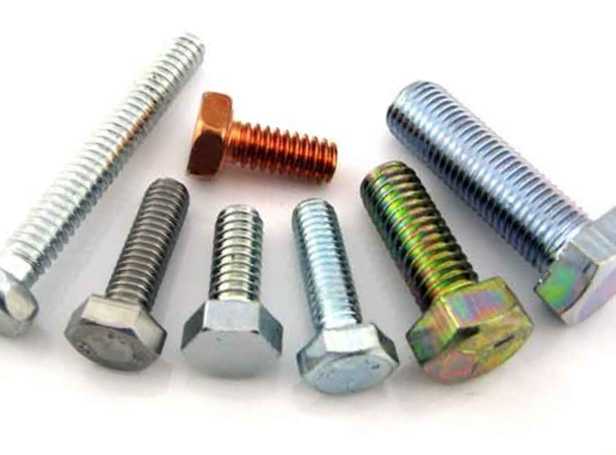
1. Fracture Causes Bolt Failure
Overload Fracture
Cause analysis
The broken bolt was tested comprehensively by chemical composition, macrostructure, grain size, non-metallic inclusion, microstructure, decarburization, mechanical properties, etc., and met the standard. It was installed when the screw hole and the light hole were seriously different from the axis. When the bolt without thread rod and the light hole could not be tightened due to serious interference, the bolt was forced to be tightened, which made the bolt bear the combined effects of overload tension, pulling torque and interference shearing, and finally led to bolt fracture.
Precautions
There are many cases of bolt overload crack, and the precautions should be determined according to the specific reasons. The flange bolts should be tightened in multiple steps by cross method to minimize the cumulative error of the coaxiality of screw holes and light holes.
Fatigue Fracture
Cause analysis
There are fatigue striations in relatively flat areas on the fracture, and the fracture morphology in the area at 45 ° angle to the bolt axis is dimple, which belongs to fatigue fracture.
Precautions
The fatigue fracture of bolts is generally related to preload or bolt loosening. There are many reasons for bolt looseness, such as vibration, high and low load changes, impact, low preload during installation, failure to take proper bolt anti-loosening measures, improper assembly, etc. Therefore, the key to preventing bolt fatigue fracture is to strictly implement the installation specification.
2. Thread Stripping Causes Bolt Failure
Cause analysis
As far as the quality of bolts is concerned, thread decarburization is the main cause of bolt slippage. However, with the development of fastener technology in the past 20 years, the high strength bolts generally adopt the heat treatment production line of roller type mesh belt furnace with atmosphere protection, and the thread processing is after the quenching and tempering heat treatment, which effectively solves the problem of thread decarburization.
Therefore, most of the bolt slip-ons seen at present are related to the installation and construction
Precautions
For the bolt manufacturer, the key point is to prevent the thread decarburization by adopting the process of heat treatment, atmosphere protection, heat treatment and thread rolling. For using bolt, the key is to operate in strict accordance with the installation and construction specifications and strengthen the on-site protection of bolt.
Shrinkage Fracture
Cause analysis
The annealing of raw materials is not sufficient and uniform. The strength and hardness of raw materials are high. When the diameter is reduced under the banded distribution of lamellar pearlite structure, large deformation stress will be generated. Under this internal stress, microcracks will be generated in the material. During the later quenching treatment, because of the transformation stress generated by the transformation of undercooled austenite to martensite, the microcracks in the central region will inevitably expand around.
Precautions
The most direct preventive measure for this type of bolt failure is to change the diameter reduction to turning. Of course, considering the factors of production efficiency, it is necessary to adopt the diameter reduction process, as well as the cold heading process. The annealing process control of raw materials must be strengthened, and the sufficiency and uniformity of annealing must be guaranteed.
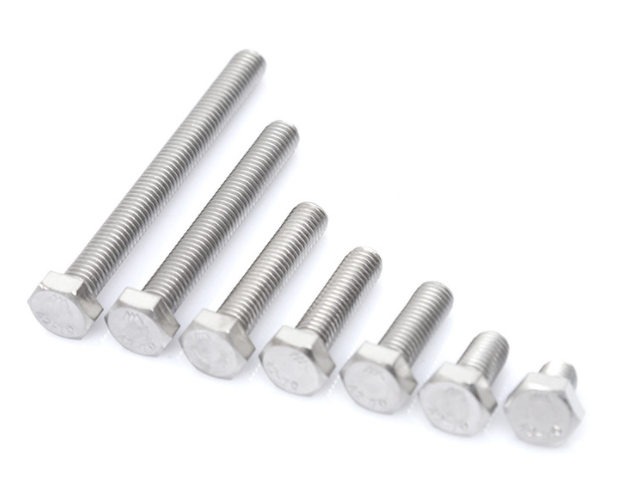
3. Thread Seizure Causes Bolt Failure
Cause analysis
The high temperature of the screw teeth caused by rapid preloading and rapid disassembly led to serious adhesive wear on the surface of stainless steel screw teeth; Abrasive debris generated by adhesive wear accumulates on the screw teeth, hindering the screwing process of the screw teeth and eventually causing thread seizure.
Precautions
Reducing the pre-tightening and disassembly speed can reduce the temperature of the threads, thus reducing the adhesive wear and reducing the probability of stainless steel thread seizure. Glue coating can reduce the temperature of the screw teeth by reducing the friction coefficient of the screw tooth surface, thus preventing the stainless steel thread connection from seizing.
Summary
This article makes a comprehensive analysis from the aspects of design, materials, bolt manufacturing process, installation and construction process, hoping to help bolt manufacturers and bolt failure analysts.

